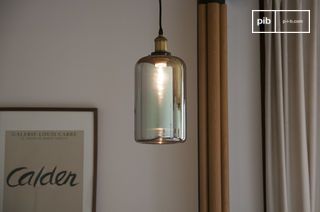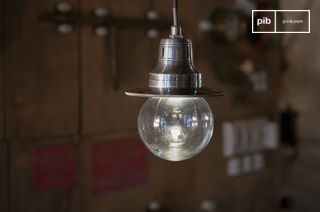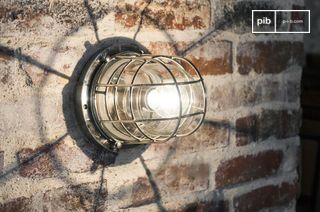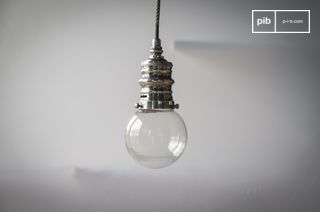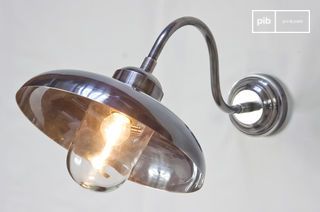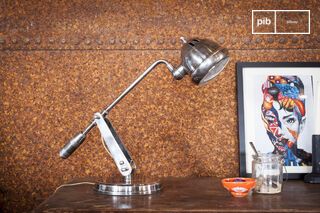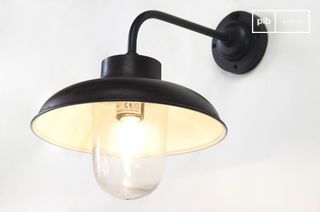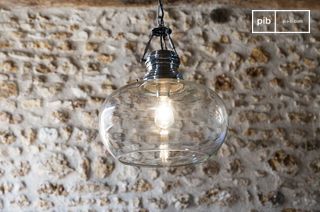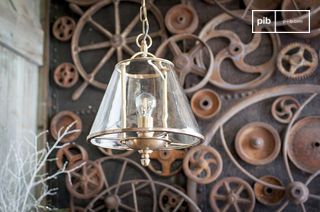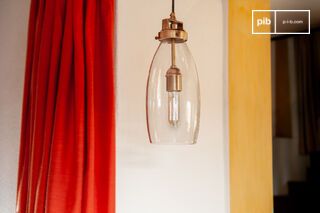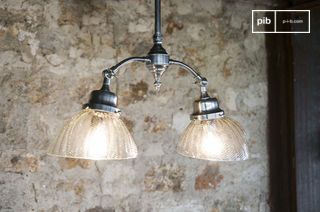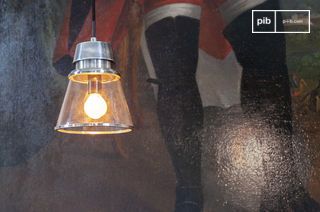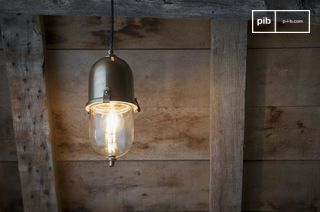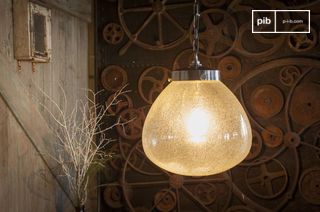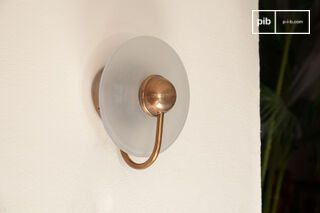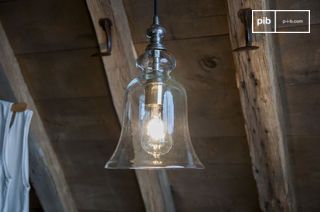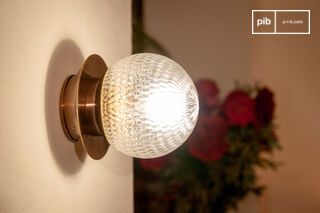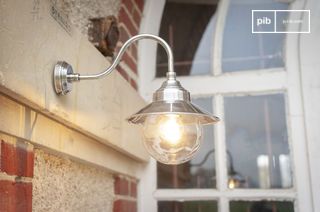Glass lighting
Glass luminaires produce light structured by the material. Transparent, opaline, textured or colored, glass modulates diffusion according to its shape and finish. A glass luminaire provides glare-free illumination, while introducing a clear volume into the space. They can be suspended, free-standing or wall-mounted, depending on the design context. Its visual presence varies with the light, acting as a point of transparency, reflective surface or light mass.
read more >Filters
10 festive days
10% off our tables and consoles
Welcome your guests in style · Limited stock

Functional and visual principles of glass luminaires
A glass luminaire acts on the quality of the light emitted. The material filters, orients or diffuses depending on its thickness, surface and color. Opaline blown glass produces a soft halo. A transparent globe concentrates light and generates sharp shadows. Striated, bubbled or sandblasted glass introduces intermediate effects, playing on diffusion and reflections. The choice of a glass luminaire therefore depends as much on the source as on the desired visual effect in the surrounding space.
Contrary to other opaque or direct materials, glass lets light pass through while structuring its emission. This particular visual behavior implies precise positioning in the room. A clear glass ceiling light fades during the day and becomes a luminous landmark at night. A low suspension lamp in smoked glass concentrates light downwards, creating a suspended visual mass. Glass doesn't simulate: it qualifies ambiance through subtle modulations.
Typologies, configurations and material effects
Glass fixtures cover all typologies: suspensions, wall sconces, ceiling lights, table lamps or floor lamps. Each typology exploits the material's properties differently. An opaline glass pendant produces an enveloping light suited to a dining room. A wall lamp in striated glass diffuses light sideways in a hallway or bedroom. A table lamp in transparent globe plays on the source's legibility and ambient clarity.
Glass can be hand-blown, molded, sandblasted, tinted or painted. These processes determine the final thickness, texture and tint. Very clear glass captures reflections from the environment. Opaque glass masks the source, while restoring a clear volume of light. Colored glass acts as a filter, modifying the perceived light temperature without changing the actual temperature of the source.
Agency, light and spatial articulation
A glass luminaire blends into sober or dense compositions depending on its finish. In an interior dominated by rough woods or matte metals, it creates a break with its smooth, reflective surface. In a more mineral or textured decor, it acts as a neutral volume. Glass doesn't need contrast to exist. It introduces a variation in light, rather than a strong formal change.
Installation must take into account height, visual field and light intensity. A glass fixture hung too low can create glare if it's transparent. A frosted glass bedside lamp diffuses well at dil height. A wall lamp in ribbed glass produces an appreciable indirect light in transitional spaces. Each situation calls for a logic of adjustment between material, position and use.
Choosing a glass luminaire means integrating a discreet yet active volume of light. It doesn't seek to impose its presence, but to qualify that of light. Its effect is not based on form alone, but on the interplay between material, intensity and space.
